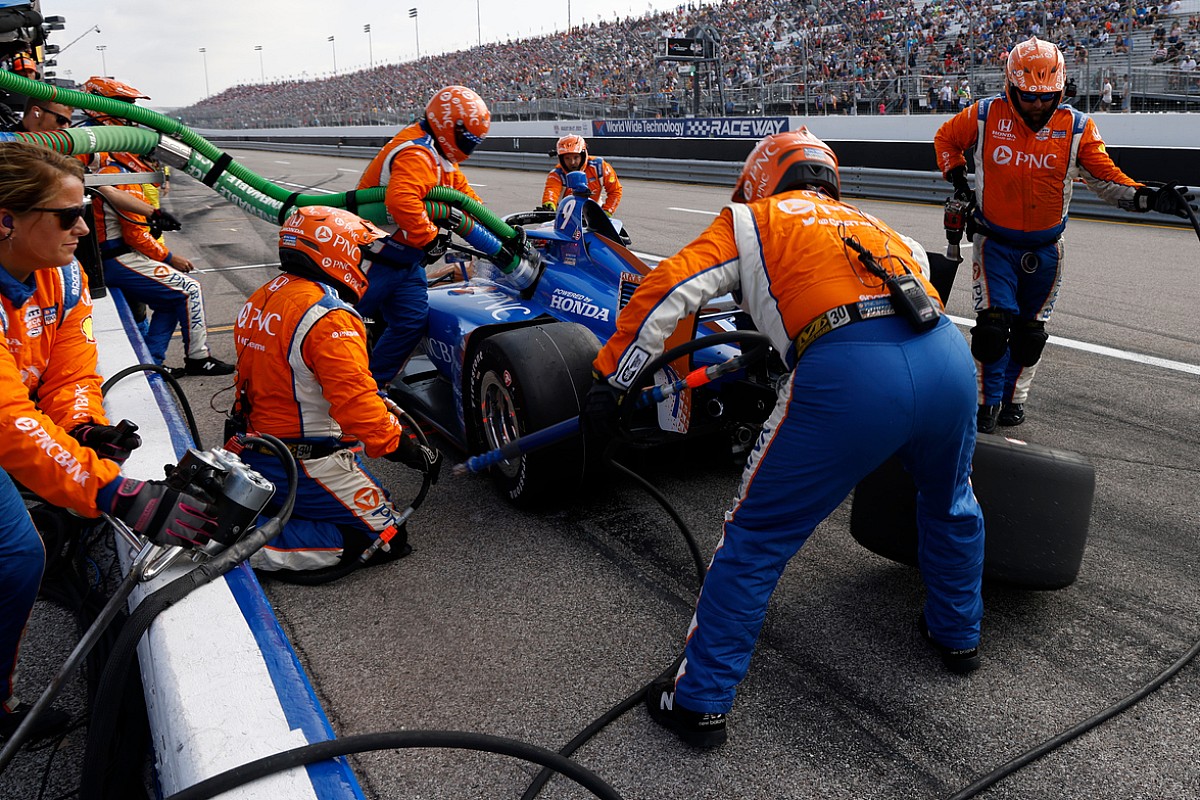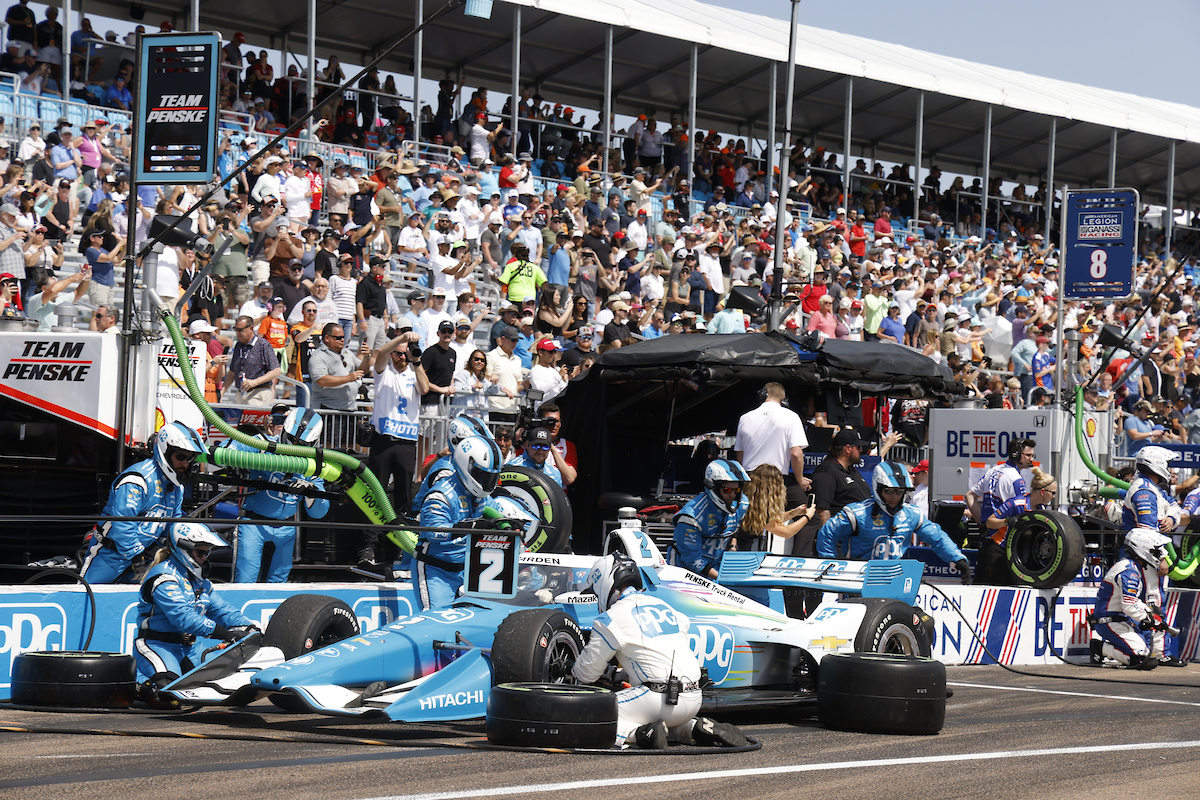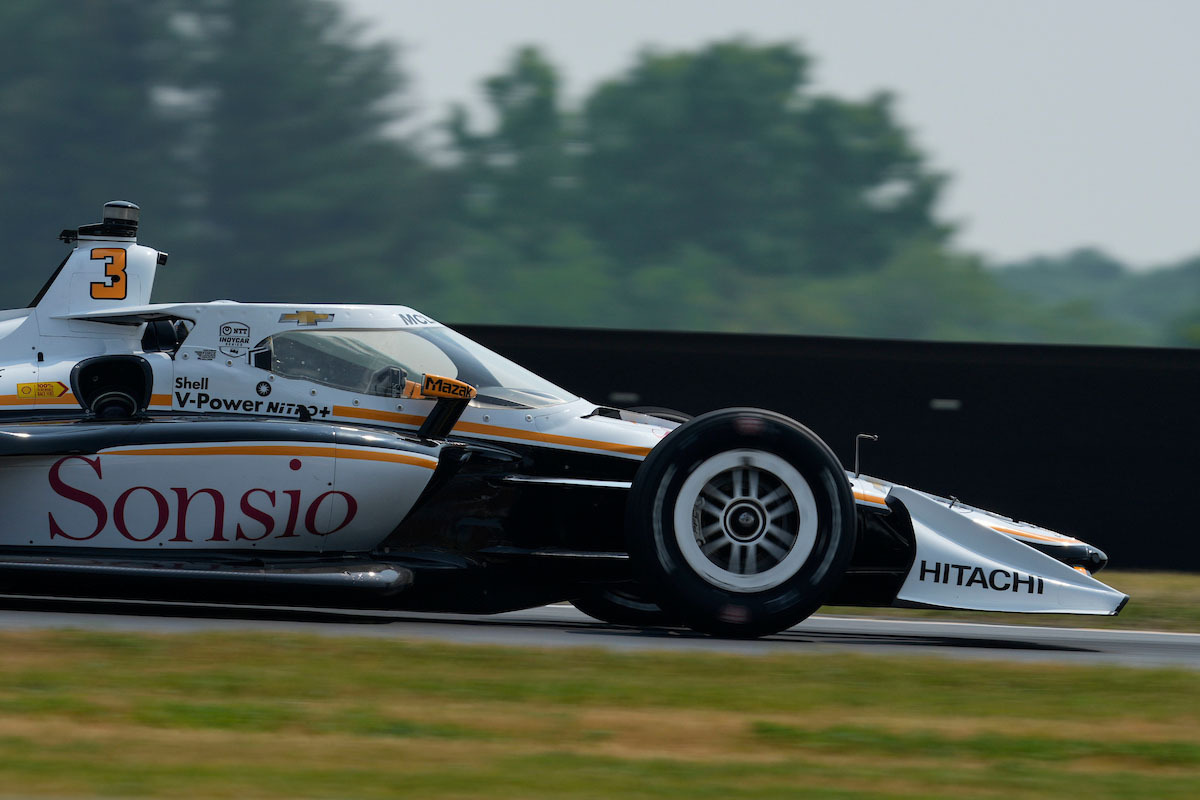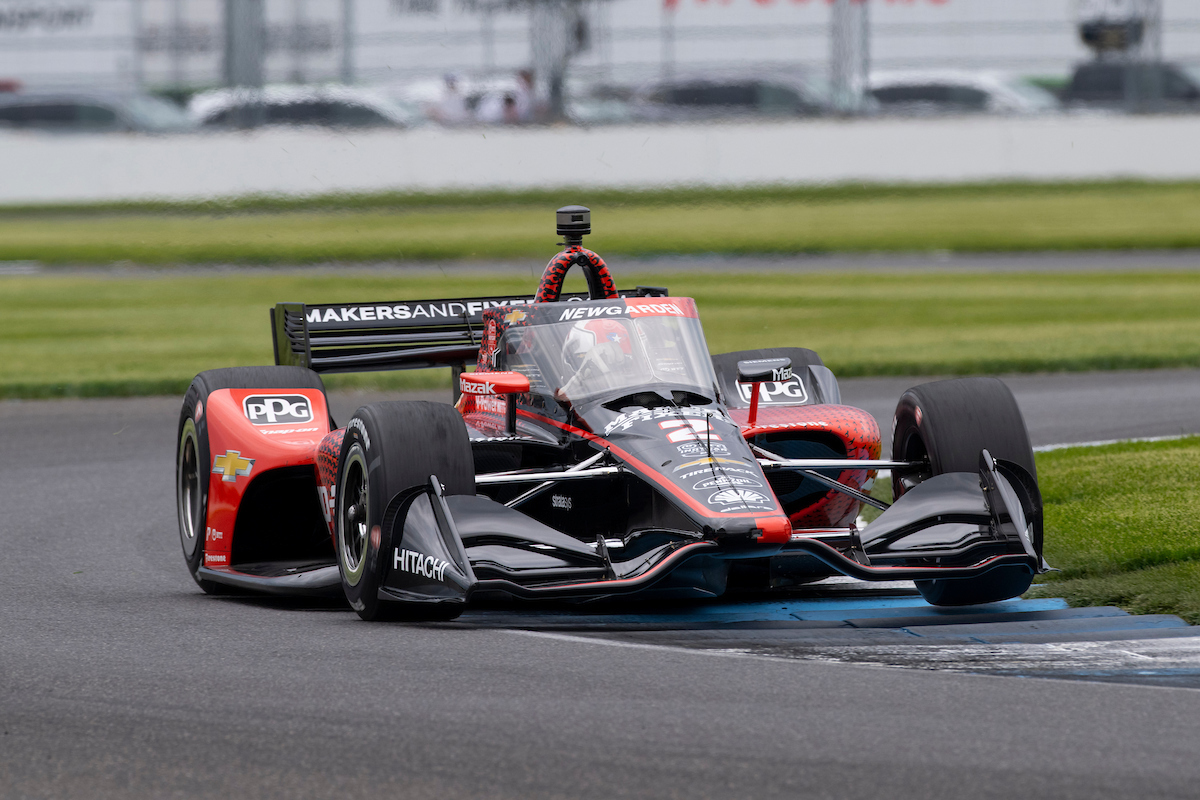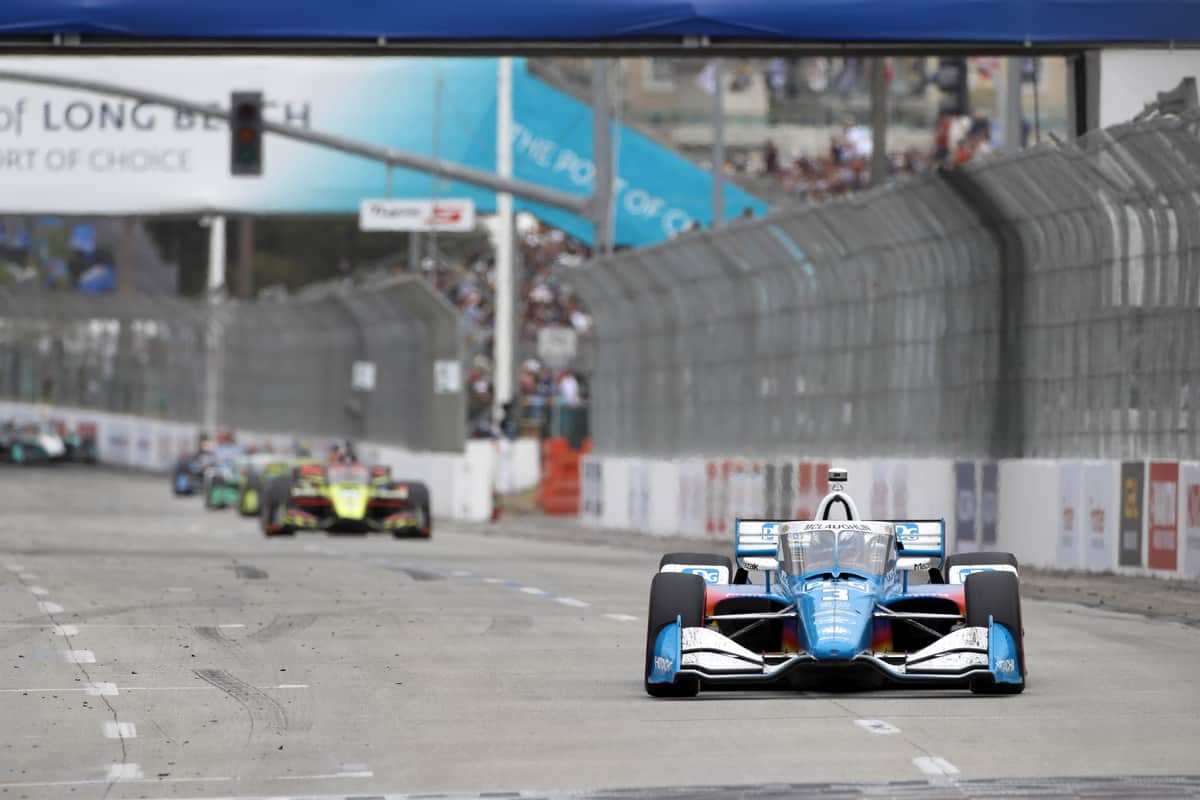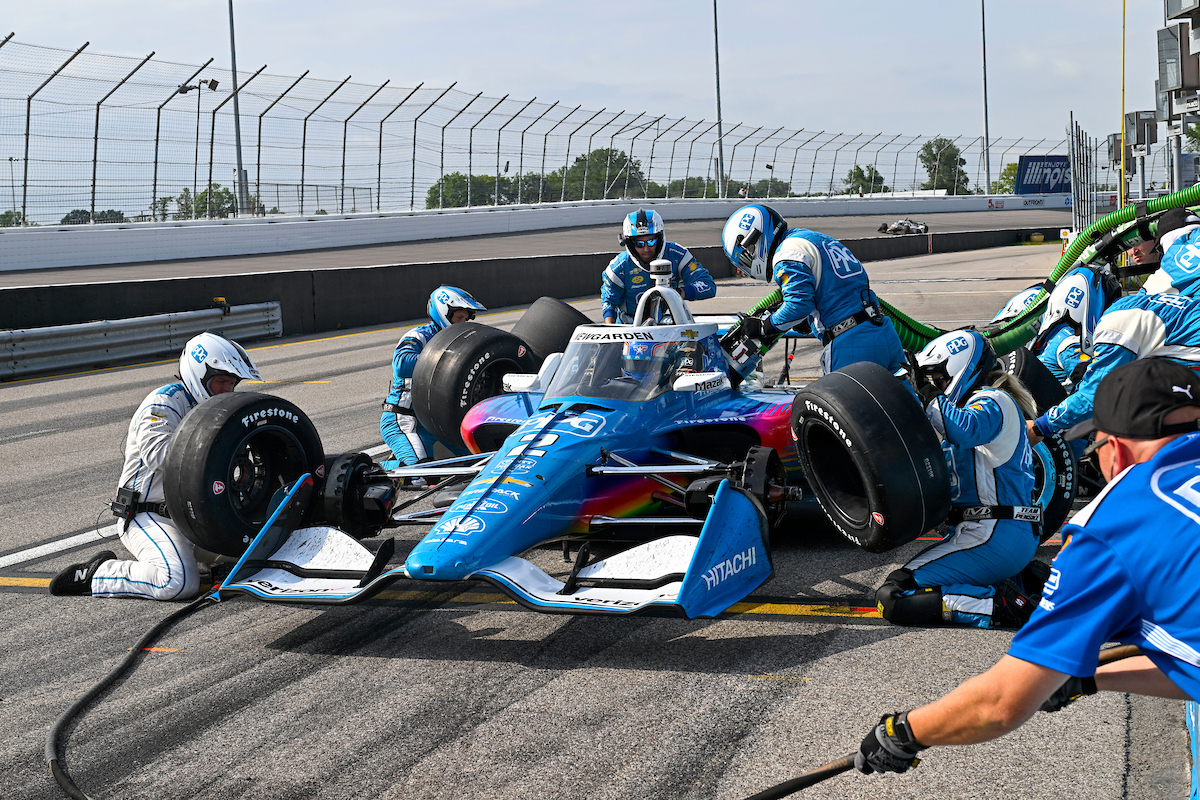IndyCar Engineer Role Insights | Behind the Scenes
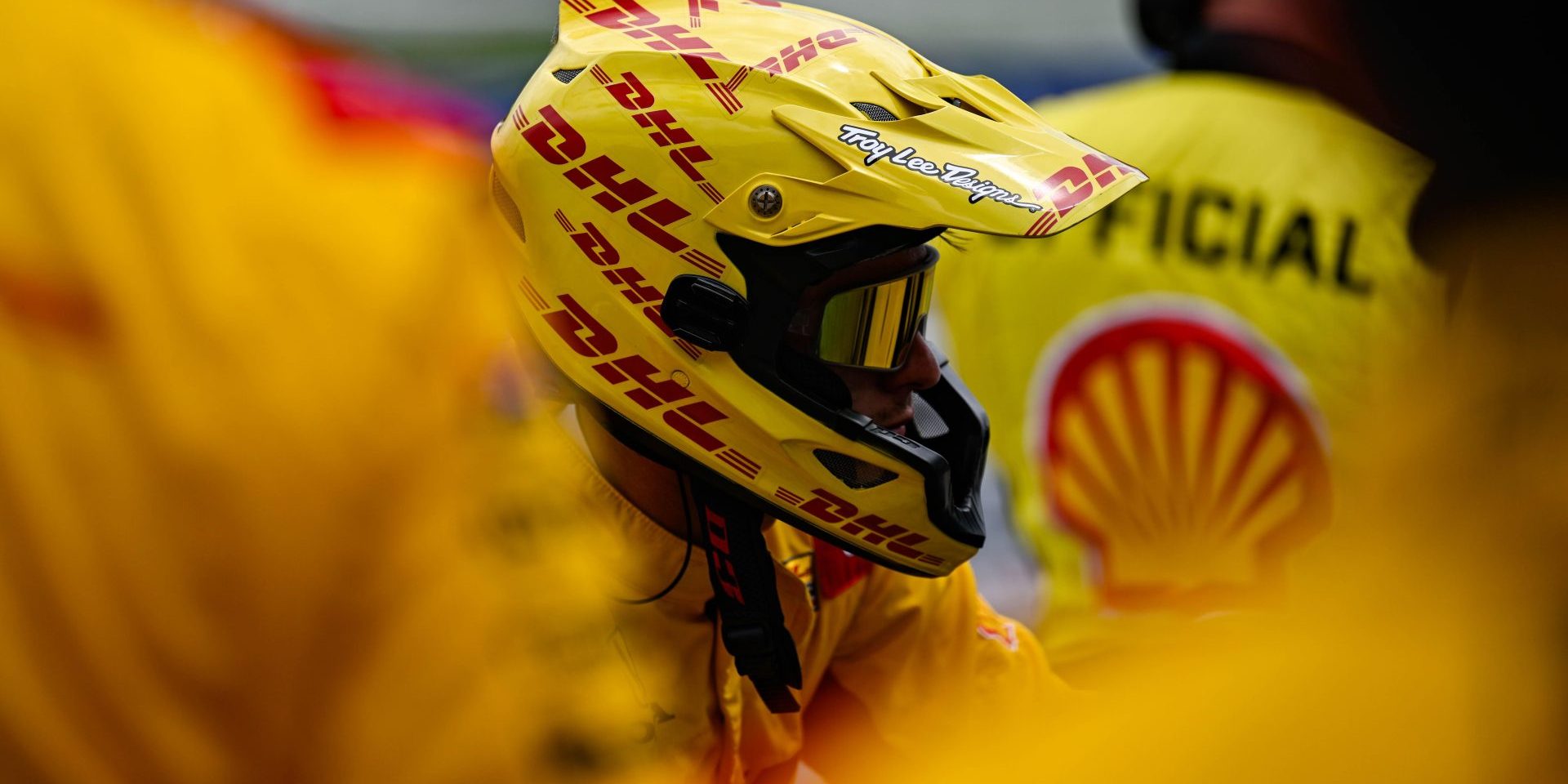
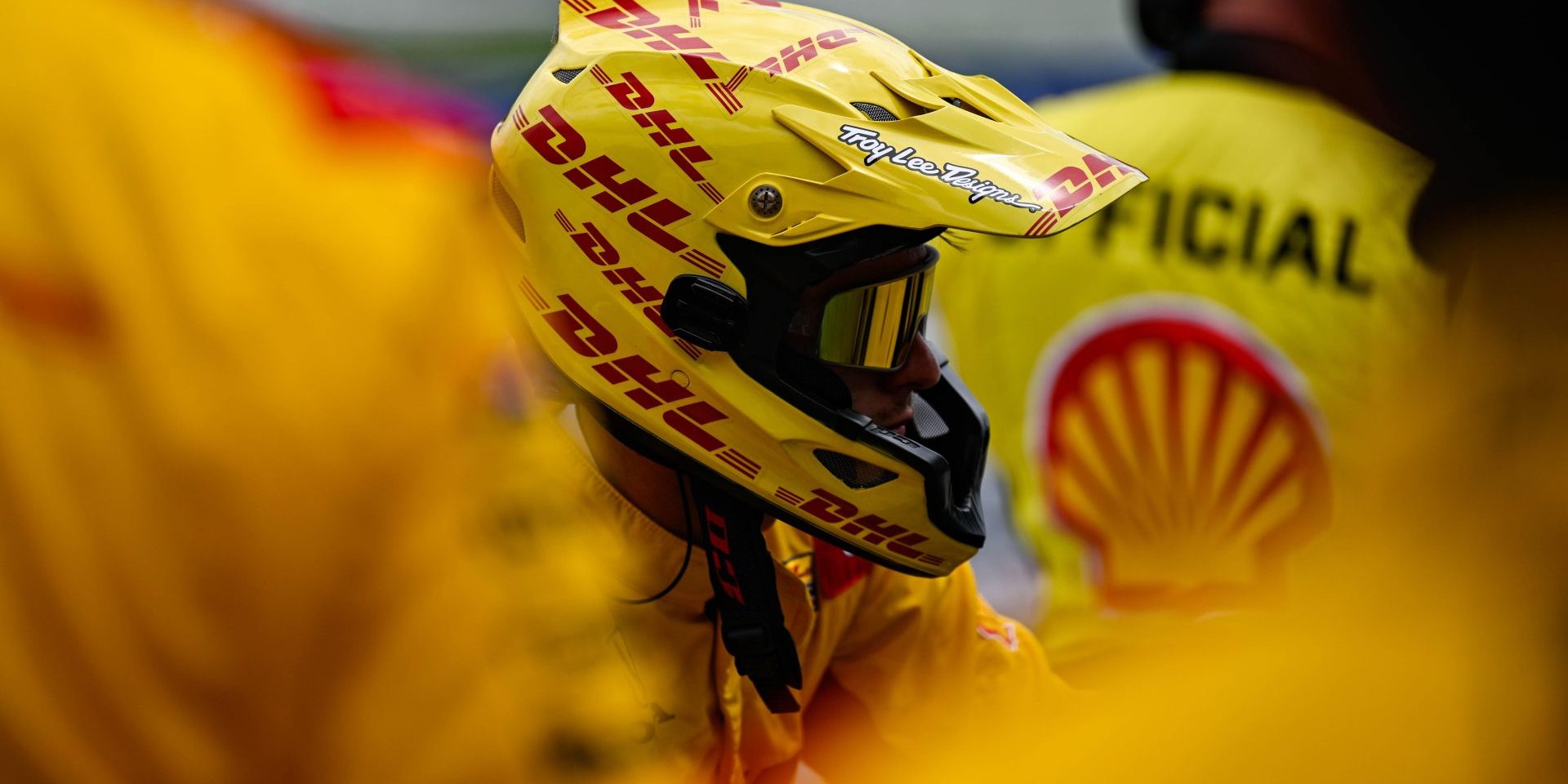
Ever thought about what goes into making an IndyCar race-ready for the track? How engineers push these cars to their limits? We’re delving into IndyCar engineering to shed light on the role of these skilled minds. They work tirelessly to perfect race cars, both at the circuit’s edge and behind the scenes. So, let’s take a closer look at what an IndyCar engineer does. Their impact on race cars, from design to performance, is integral to the sport.
Table of Contents
Toggle Table of ContentChallenges and Technology in IndyCar Engineering
IndyCar engineering is challenging and exciting. Engineers design race cars to handle high speeds, cornering forces, and tire loads. They use advanced technologies and simulations to analyze and improve the car’s performance. The goal is to make the car accelerate, brake, and corner better.
Understanding Vehicle Dynamics
To boost the car’s performance, engineers simulate its dynamics. This shows how the car reacts at different speeds, with varying tire grip and aerodynamics. Studying these simulations helps improve the car’s handling and performance.
Advanced Engineering Technologies
IndyCar engineering uses the latest tech to enhance performance. Computational Fluid Dynamics (CFD) analyses the car’s airflow to reduce drag and boost downforce. This improves the car’s traction and stability. Finite Element Analysis (FEA) ensures the car’s structure is strong enough for racing.
Also, data acquisition systems collect real-time data from the car’s sensors. This data is used to enhance the car’s setup and performance on the track.
Innovation and Collaboration
IndyCar engineering advances through innovation and teamwork. Engineers collaborate with teams, drivers, and experts to improve the car’s design. This approach customizes the car for optimal performance and competitiveness.
IndyCar engineering always looks to the future. It explores new technologies and solutions as the sport evolves. Continuous advancements are made through advanced technologies, simulations, and teamwork.
| IndyCar Engineering Challenges | IndyCar Engineering Technology |
|---|---|
| Designing cars to withstand high speeds, cornering forces, and tire loads | Vehicle dynamics simulation |
| Optimizing acceleration, braking, and cornering abilities | Computational Fluid Dynamics (CFD) |
| Finite Element Analysis (FEA) | |
| Data acquisition systems |
The Role of Engineering in IndyCar Tire Design
Tire design is key in IndyCar, and engineers like Cara Adams lead the way at Firestone. They create tires for the Verizon IndyCar Series. Working with teams, drivers, and fellow engineers, they aim to make tires that perform well on tracks.
Engineering focuses on tire performance. They look at grip, durability, and how the tire handles. This ensures the best performance on the track. They use advanced methods and materials to make sure the tires can handle IndyCar racing’s fast speeds and tough conditions.
Working together is crucial in IndyCar tire design. Engineers collaborate closely with teams and drivers. They collect feedback from tests and analyze performance. This helps them tweak the tire design, improving it and making it perform better.
IndyCar team engineers work with drivers to improve performance. They analyze data from practice and races. This helps them find areas where the car can be better. Making the right adjustments improves the car’s performance on the track.
Engineering is vital for IndyCar’s safety, performance, and victories. Engineers are key in pushing IndyCar racing’s limits through tire design and analysis.
IndyCar Tire Design Challenges
Tire design for IndyCar comes with its own set of hurdles. Engineers must think about aerodynamics, grip, and durability. Tires need to give good traction for forward movement and stay stable at high speeds in turns.
IndyCar cars face big forces in races, leading to high tire loads and temperatures. Engineers must make tires that can handle these extreme situations. They must balance grip and durability with deep knowledge of tire materials and designs.
Engineers also deal with various track surfaces and weather throughout the season. Each track’s conditions require tire designs to be fine-tuned for the best performance in all environments.
The Future of IndyCar Tire Design
The future of IndyCar tire design is bright with advancing technology. Engineers are looking into new materials and construction methods to boost tire performance. They’re also adding smart tech, like sensors, for better real-time data on performance and safety.
With new data tools and analytics, engineers can improve tire design like never before. This means more precise predictions of tire performance. It lets engineers make smarter choices based on data, enhancing design processes.
Sustainability is also taking a big role in tire design’s future. Engineers are finding ways to make eco-friendly tires that don’t sacrifice performance. This involves using sustainable materials and reducing waste during tire production.
The future of IndyCar tire design is full of potential for innovation and better performance. Engineers are set to keep pushing technology and engineering forward to maximize race car performance while ensuring safety and the environment.
The Future of IndyCar Engineering
The future of IndyCar engineering is thrilling. The NTT IndyCar Series is planning big things for 2023. They will introduce a new hybrid motor package, changing the game. This means companies like Chevy and Honda will develop exciting new 2.4-liter twin-turbo V6 engines for better performance and efficiency.
Development teams face brand new challenges. They might use 3D printing to make engine parts. This lets them make intricate parts more easily. It will lead to better designs and performance.
Engineers are working hard to boost these engines’ power and efficiency. They use advanced tools to make the engines perform their best. They’re also looking at adding hybrid systems for more power and less harm to the environment.
Darren Sansum is leading this exciting project. As the IndyCar engine development director, he guides the engine suppliers. Together, they ensure that the engines are both high-performing and reliable within the rules. His leadership is key to all the innovation happening in IndyCar engineering.
The future looks bright for IndyCar engineering. Engineers are adopting new tech and rules to push the sport forward. With tools like 3D printing and hybrid systems, they’re creating the next era of IndyCar racing. And this will lead to even more thrilling races and big advances.
IndyCar Engineering Future and Innovations
In the near future, IndyCar engineering will keep evolving. We will see progress in several key areas:
- Development of hybrid motor packages for more power and efficiency will continue.
- New materials and ways to make parts will be explored for lighter and stronger cars.
- Advanced data and machine learning will be used to make cars and drivers perform better.
- Teams will work together to make racing even safer for everyone involved.
All these steps will not just make IndyCars faster and better. They’ll also inspire new ideas and people in the field. The future of IndyCar engineering is promising and full of opportunities.
Conclusion
The role of an IndyCar engineer is key in making race cars better for the Verizon IndyCar Series. They focus on things like designing tires, how the car moves, and building the engine. They use high-tech tools to check and make the car’s performance top-notch. They work with teams, drivers, and other engineers closely.
IndyCar engineering is heading towards a bright future with more tech and new rules. Engineers are always pushing to make IndyCars perform better and use less energy. This field is full of excitement and changes, making it a great choice for anyone keen on engineering and racing.
IndyCar engineers do important work in making race cars the best they can be. They pay close attention to tire design, how the car moves, and building the engine. They use the latest tech to ensure that IndyCars are ready to perform well on the track. As the sport embraces new tech and rules, IndyCar engineers will lead the way in making the sport better.




